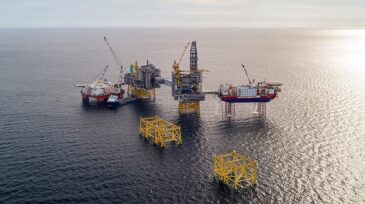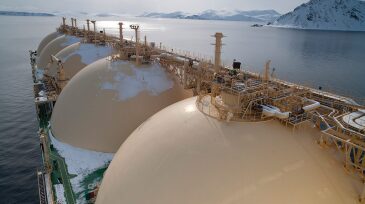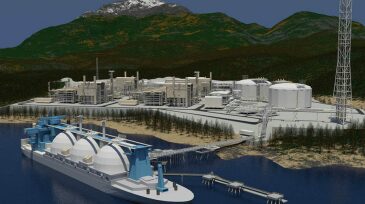Onshore/Offshore Facilities
Sponsored
Advance your career with the new Pipeline Engineering Program at the Technical University of Leoben, a 5-month course combining on-campus and online learning, integrating industry expertise, engineering practice, and future-ready skills for professionals in oil, gas, and emerging energy systems.
Plans call for license partner Aker BP to serve as operator during the development phase, with operatorship reverting to DNO after first oil in 2028.
Production from the Búzios field now tops 1 million B/D with six floating production systems in operation and more on the way.
-
The world’s largest oil producer has awarded $18 billion in engineering, procurement, and construction contracts as part of its Marjan and Berri expansion projects.
-
Growing supply of Permian crude oil means the basin will need extra takeaway capacity of up to 500,000 B/D by the end of the 2020s, according to new research from Wood Mackenzie.
-
The Norwegian operator will increase its ownership of the giant Johan Sverdrup field before the field commences oil production this November.
-
Early production from Area 1 is the first output from an international operator in Mexico since energy reforms were implemented earlier this decade.
-
With almost 10 Bcf/D of liquefaction capacity scheduled to go into service by 2025, a new report from Moody’s says that US LNG exports should help solidify a floor under natural gas prices as LNG markets see a shortfall in supply.
-
Completion comes despite two cyclones disrupting the project area during installation, McDermott said.
-
Exponential thinking is called the “exponential surprise factor.” These underpinnings are observed on the tubular mechanics side also through data analytics, machine learning, artificial intelligence, and cognitive processes.
-
In its first 50 years, LNG has become the world’s fastest-growing gas supply source and is now part of an upheaval in the global energy market. Today, the sector stands at a crossroads, and the industry must adopt new thinking to address current and future needs of buyers, sellers, and consumers.
-
The deal consists of stakes in nine shallow-water producing fields covering 108,000 gross acres in 10–50 m of water.
-
The $30.5-billion project is expected to produce 18 mtpa of LNG once it starts up; commissioning is expected sometime in the mid-2020s. Canada’s investment includes $160 million to fund energy-efficient turbines, which the government says will minimize greenhouse gas emissions.













